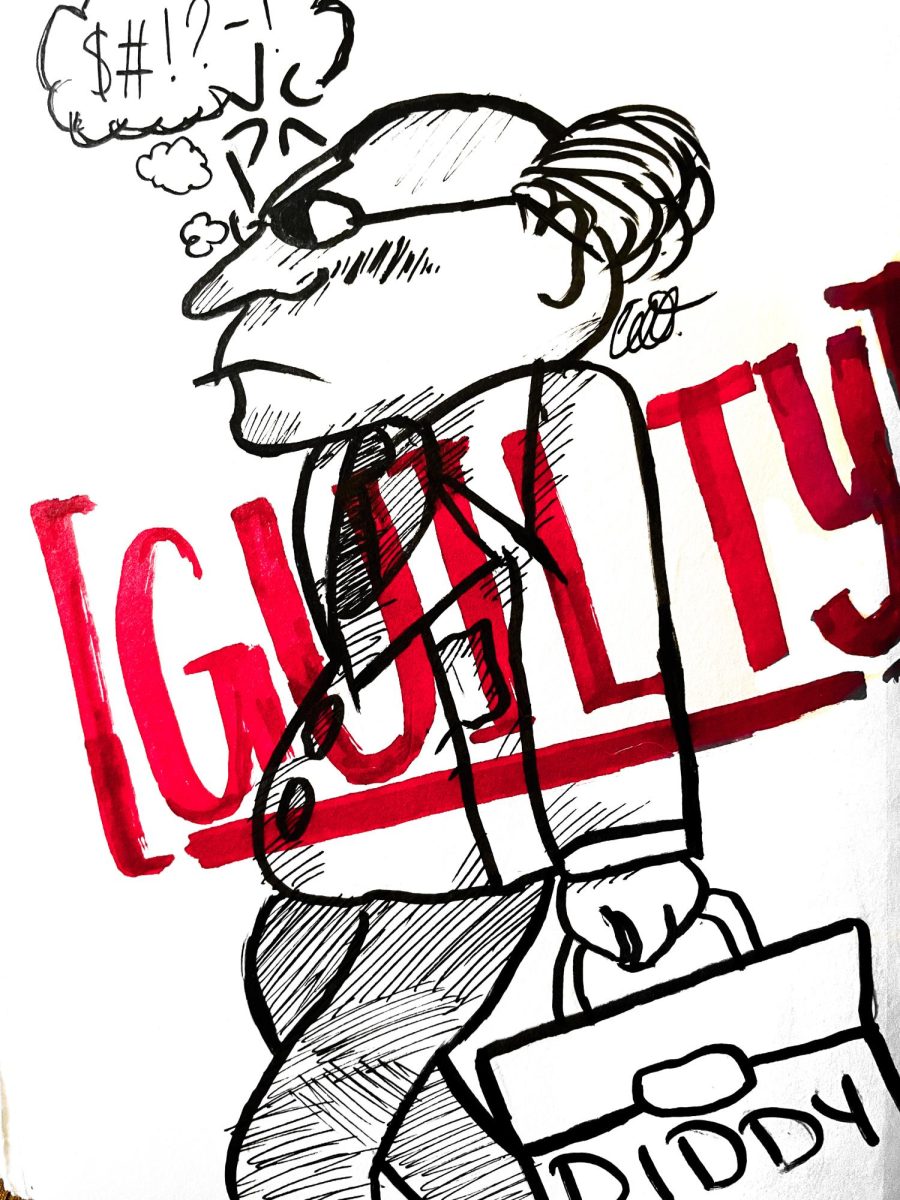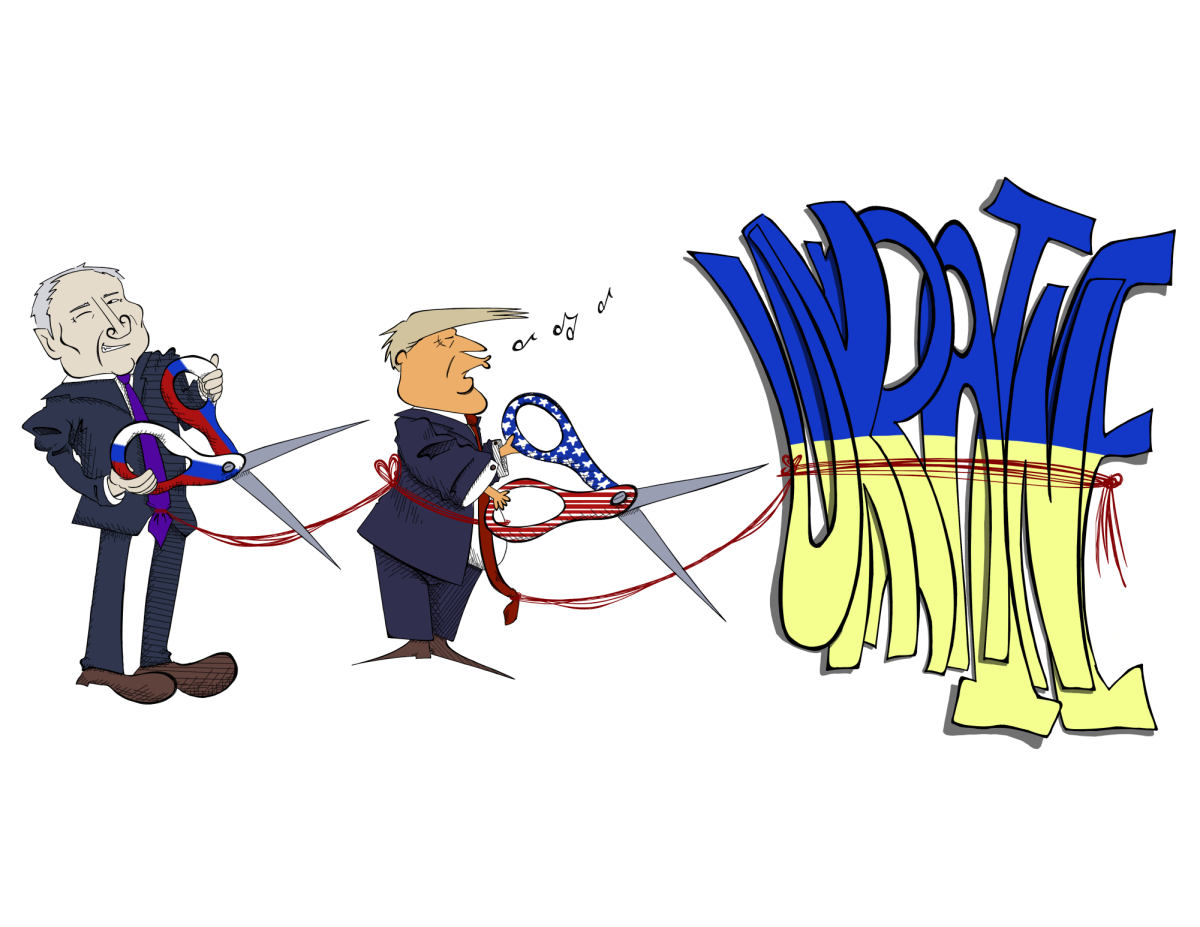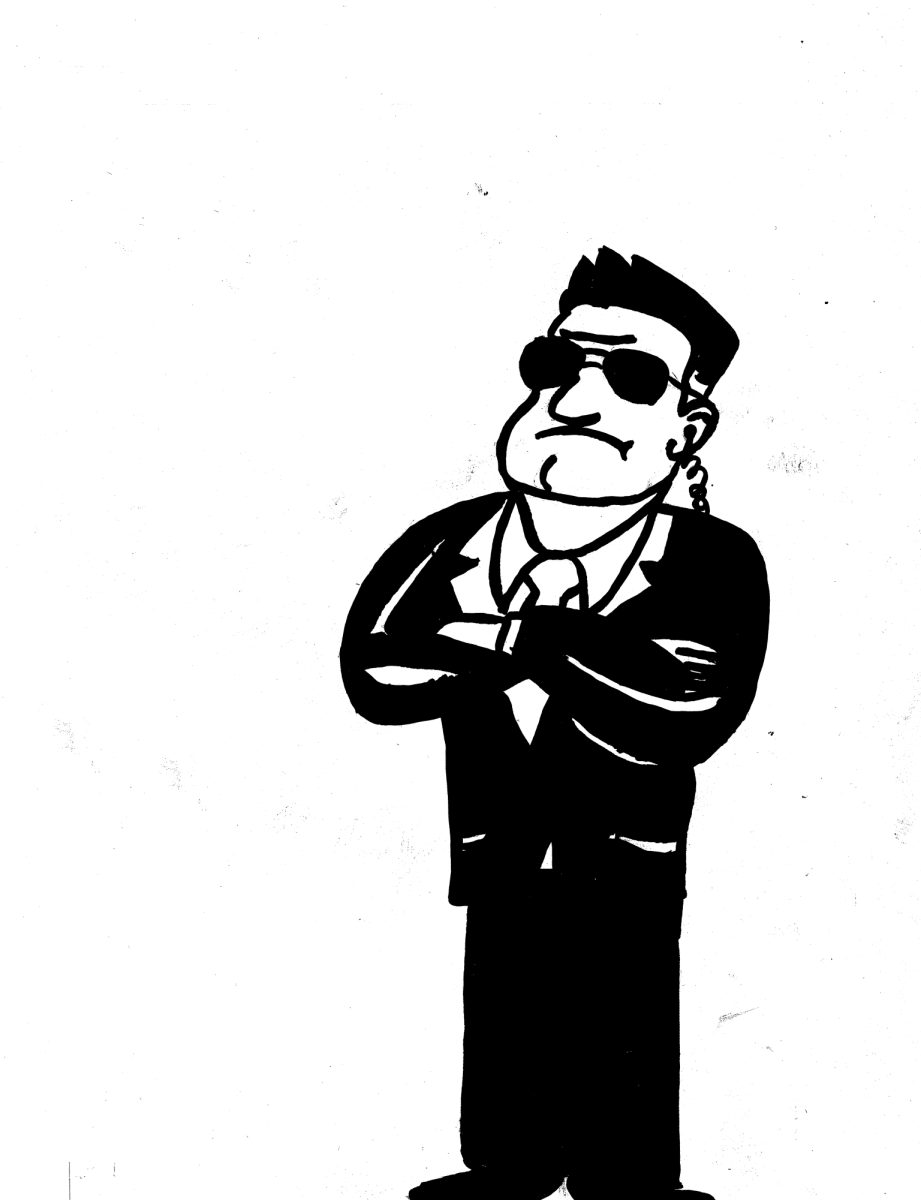Part of the horror of mass shootings is their apparent arbitrariness. Unlike sanctioned violence—shootings by the military or police—mass shootings leave people thinking “that could have happened to me” and thus prompt a larger response. This is an essential difference between the two types of shooting.
But mass shootings only seem arbitrary. Just as in the cases of police and military violence, men have been responsible for the majority of mass shootings in America. According to Grant Dawe, a historian who studies mass violence in the US, it can be further specified that white men are responsible for the majority of mass shootings in America.
Mass shootings are an outgrowth of a specifically male and typically white culture of violence. According to the Bureau of Justice Statistics, 90 percent of homicides committed between 1980 and 2008 in America were committed by men. Similarly, more than 80 percent of American police officers are men, and the Army only recently began to integrate women into infantry units. This is indicative of a tendency to allow and even encourage men to be violent and to associate violence with (an imagined) social good.
Contemporary masculinity must be understood in the context of a history of masculinity in which masculinity is inextricable from power. Though a great many women have campaigned for social and economic equality, our culture is still structured in such a way that heteronormative coupling and repressive gender roles, though diminished, still enact and maintain male dominance. Masculinity, then, must still be regarded as linked to power, and power is always linked to violence.
In a social context, violence is the use of force or the threat of force against a person in a way that limits the choices available to them. The use of violence creates a binary wherein one side is dominate and the other is subordinate. Power, as the dominate side of the binary, is violence. Even where it does no physical harm, it is maintained by the threat of physical harm. Because in our culture power and masculinity have been linked for so long, violence has become an inherent part of masculinity, and while it is particularly awful in the form of shootings—be it mass shootings or state-sanctioned ones—the social relation that underlies shootings is a part of the foundations of our society.
Something must be done to prevent mass shootings. I can’t say what that is. But I can say that whatever is proposed, if it does not address the gendered roots of the problem, it will be a bandage and not a cure. Violence will persist until we all commit to a form of social relations that is not inherently violent.









